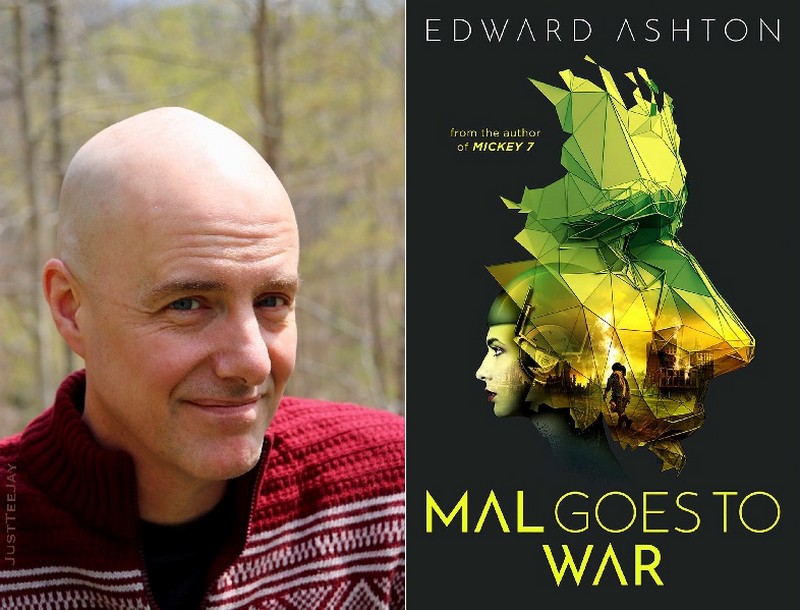 Australian author Trent Dalton is probably best known for his bestselling debut Boy Swallows Universe which has now also been adapted for TV for Netflix. That book, and the one that followed, All Our Shimmering Skies, was narrated by a teenager, so it is perhaps no surprise that his latest book Lola in the Mirror, also has a teenage protagonist narrator. A narrator who suffered from an even more traumatic childhood than Eli, the narrator of Boy Swallows Universe, also has an artistic pursuit to sustain her and maintains an optimistic outlook on life that pulls her through some particularly dark moments and revelations.
Australian author Trent Dalton is probably best known for his bestselling debut Boy Swallows Universe which has now also been adapted for TV for Netflix. That book, and the one that followed, All Our Shimmering Skies, was narrated by a teenager, so it is perhaps no surprise that his latest book Lola in the Mirror, also has a teenage protagonist narrator. A narrator who suffered from an even more traumatic childhood than Eli, the narrator of Boy Swallows Universe, also has an artistic pursuit to sustain her and maintains an optimistic outlook on life that pulls her through some particularly dark moments and revelations.
The narrator of Lola in the Mirror does not have a name. Her mother has not told her what her name is in case they are discovered by the authorities for the killing of her husband. The two live in a disused van in the yard of an old panelbeaters in Brisbane with a few other homeless (or ‘houseless’) people. They have been there for about seven years after many years on the run, drifting around Australia. The girl is an artist, and it is her art and an imagined commentary on it from the future, that prefaces each chapter. Her dream is to one day exhibit her drawings at the Metropolitan Museum in New York. But she has to get through the day-to-day grind of survival on the street, including working for a local drug dealer, before she can get there.
Dalton was a former journalist and spent some of his time on the beat in Brisbane chronicling the lives of the homeless and addicted. He brings that experience and knowledge into this book, painting a picture of a community forced to live on the fringes of the city that has come together by a combination of personal circumstance and government policy. It is these side stories and characters, although sometimes idealised, more than the main narrative, that make Lola in the Mirror interesting. The main narrative is the issue – with its good guys and bad guys, cliched teen love story and mystery element and resolution all told in Dalton’s naïve style. It keeps the book ticking over but is nothing particularly revelatory and, unless the reader buys into it, hard to deeply engage with.
In the end Lola in the Mirror is what might well be described as a three-hanky weepie. Dalton knows how to push emotional buttons. He does it with particular skill and many readers have responded and continue to respond to that. But the melodrama overpowers the social comment – a reflection of the real destitution, addiction and pain – by placing it in an almost magical-realist version of Brisbane. Dalton has said that this may be the last of his teen-narrated books, which are partly based on his experiences as a child and young man and, in a sense, his own journey into the arts. It will be interesting to what he produces if he shrugs off the shield of childhood naivete.
Robert Goodman
For more of Robert’s reviews, visit his blog Pile By the Bed
Other reviews you might enjoy:
- The Ghost of Gracie Flynn (Joanna Morrison) – book review
- I Know What I Saw (Imran Mahmood) – book review
- Stone Yard Devotional (Charlotte Wood) – book review

Robert Goodman is a book reviewer, former Ned Kelly Awards judge and institutionalised public servant based in Sydney. This and over 450 more book reviews can be found on his website Pile By the Bed.





